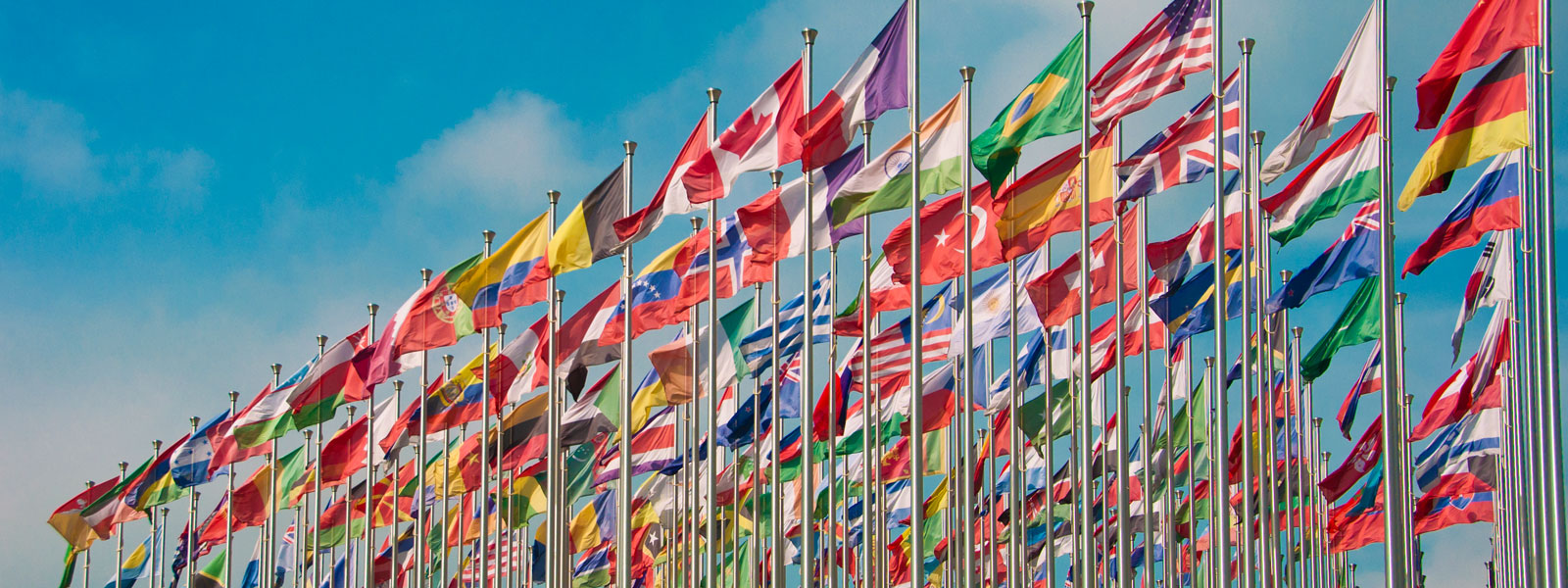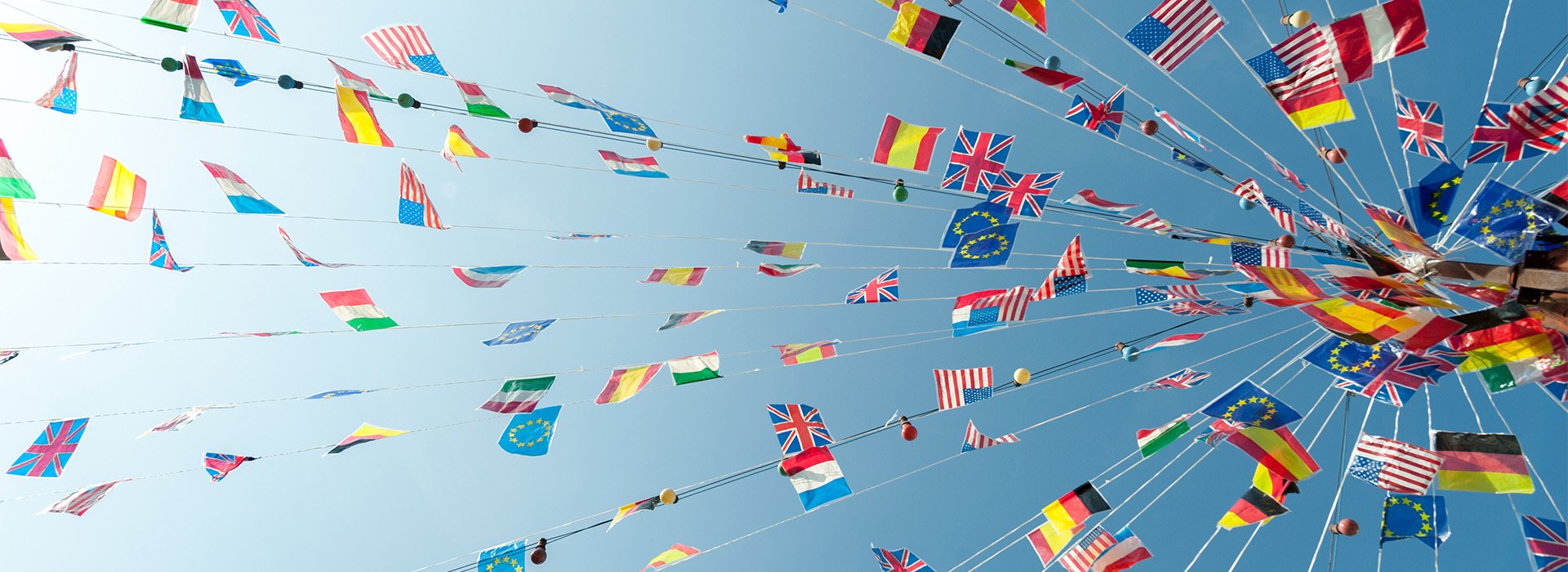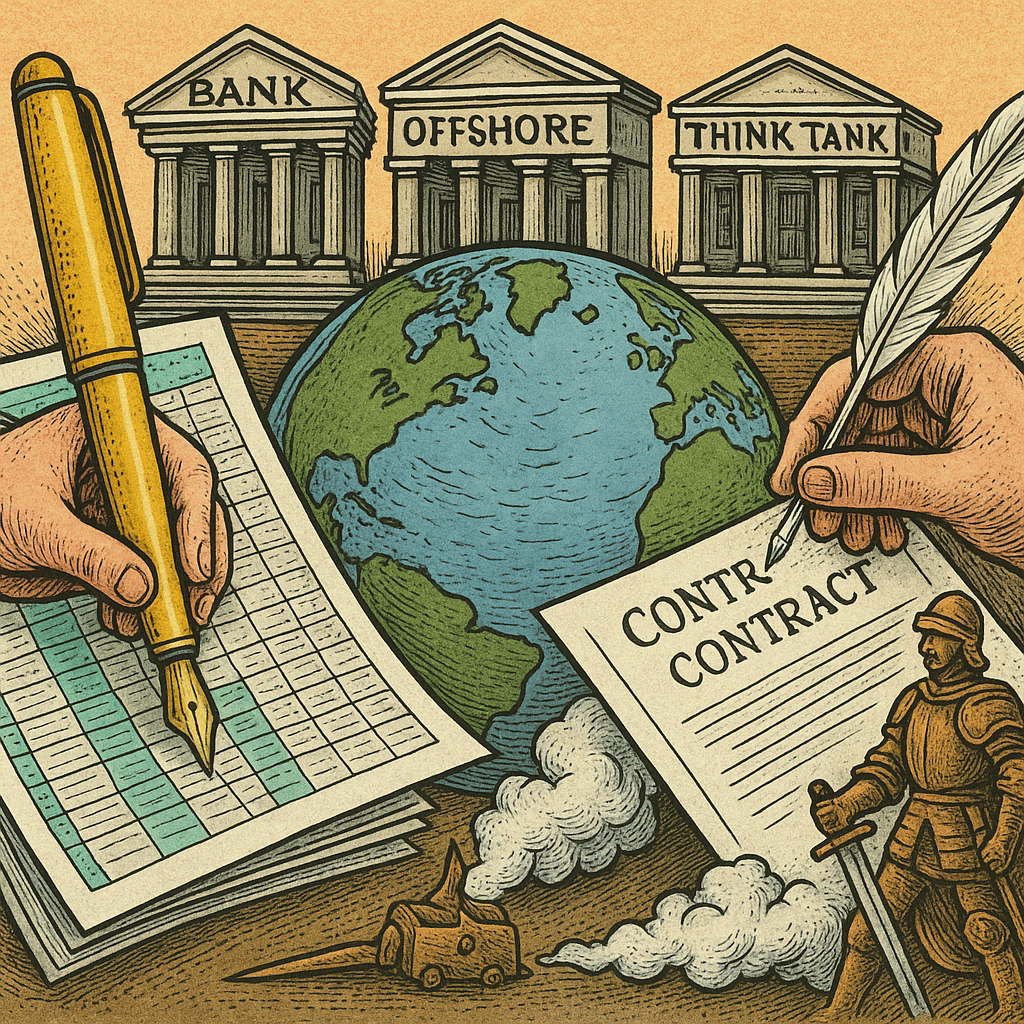
https://youtu.be/ptqoSZgh7q8https://poems.poetrysociety.org.uk/poems/ulysses/https://en.m.wikipedia.org/wiki/Ulysses_(poem)The two pieces in the poem that I especially appreciated:"I am a part of all that I have met;Yet all experience is an arch wherethroughGleams that untravelled world, whose margin fadesFor ever and for ever when I move.""We are not now that strength which in old daysMoved earth and heaven; that which we are, we are;One...




















